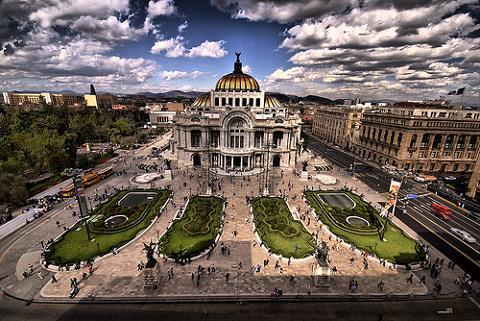
Mexico City is the capital of the country and the main economic center of the area. It is the richest, most expensive and most populated city in the country and the largest urban agglomeration in the world , with 28,720,916 inhabitants.
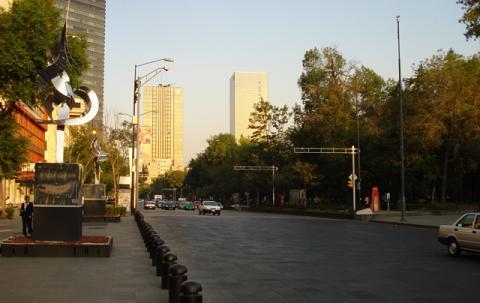
Juarez Avenue
The climate ranges from temperate to cold humid and alpine tundra in the higher parts of the southern mountains. The cold season runs from May to November and the rains usually occur between the months of June and August.
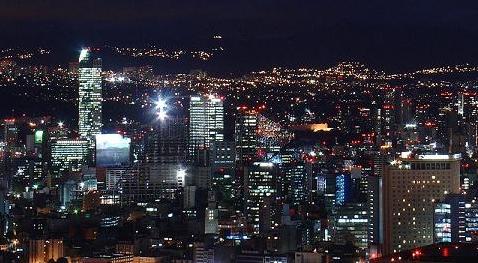
Downtown and Reforma buildings
Most of the city’s inhabitants are criollos (descendants of Europeans), and mestizos (people with mixed European and indigenous descent). Despite the fact that in relative numbers the indigenous population does not represent more than one percent of the total population of the capital, the Federal District is the largest area of Amerindian population in Mexico and America with more than 360,000 indigenous people of almost all ethnic groups from the country. The delegations with the largest number of indigenous people are: Milpa Alta, Xochimilco, Tláhuac, Iztapalapa and Cuauhtémoc.
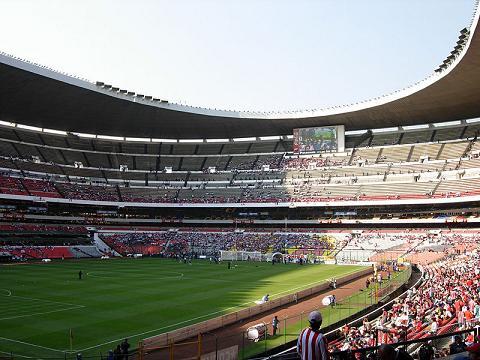
Aztec stadium
The dominant language in the Federal District is Spanish . This is spoken by the vast majority of the inhabitants of the capital. The great ethnic diversity in the Federal District results in great linguistic diversity. Practically all the indigenous languages of Mexico are spoken in Mexico City, however, the majority are Nahuatl, Otomí, Mixtec, Zapotec and the Mazahua language.
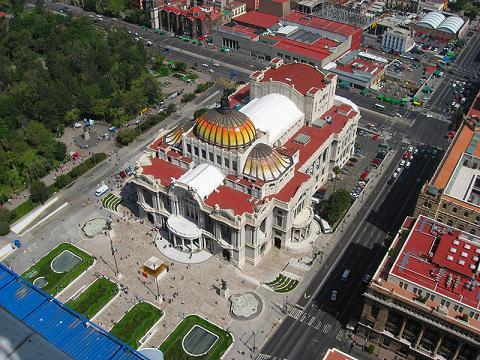
Palace of the fine arts
Most of the inhabitants declare themselves Catholic. However, the number of Catholics in the Federal District has been reduced in significant numbers . While towards the 1960s, more than 90% of the population of the Federal District professed this religion, at the beginning of the 21st century, the proportion is barely 80%.
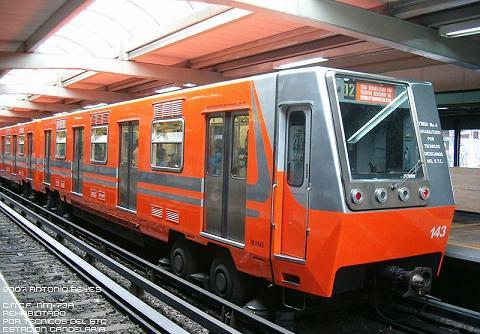
City subway
As for public transport , the most important thing is the metro. Backbone of the network of connections, it has 11 lines and 175 stations.
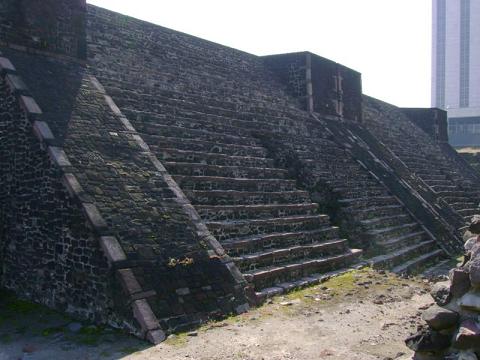
Archaeological ruins in the Plaza de las Tres Culturas
The Federal District is home to important national festivities , ranging from the secular celebration of Independence Day in the Zócalo to religious festivities such as the Representation of the Passion of Jesus in Iztapalapa, [50] the Day of the Dead in Míxquic [51] or the pilgrimages to the Basilica of Guadalupe. [52] All these events attract hundreds of thousands of people from all over the country and abroad to the capital.
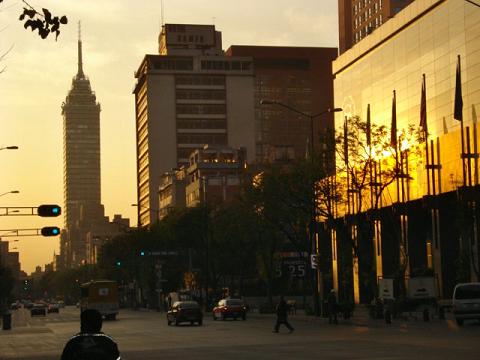
Latin American Tower
As far as gastronomy is concerned, there are numerous prepared food restaurants and also others with international food and haute cuisine . There are also important establishments dedicated to Mexican cuisine from all regions of the country. Finally, it hosts important gastronomic events such as the National Mole Fair , held the first three weeks of October.
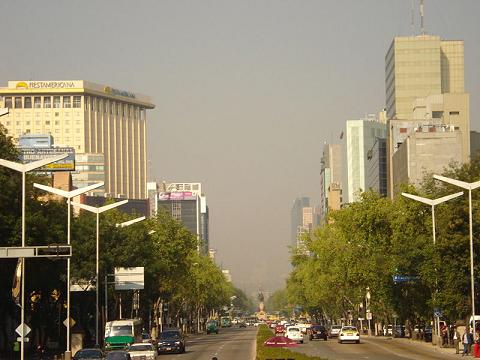
Paseo de la Reforma
Places of interest that you cannot miss
– National Auditorium
– Palace of Fine Arts
– Presidente Masaryk Avenue
– Paseo de la Reforma
– Juarez Avenue
– La Nacional Building
– Anahuac Tower
– Latin American Tower
– Castle chapultepec
– WTC Tower
– Aqueduct of Guadalupe
– Major Tower
– Aztec stadium
– Hermitage Building
– Constitution Plaza
– Aragon Forest
– Manuel Tolsá Square
